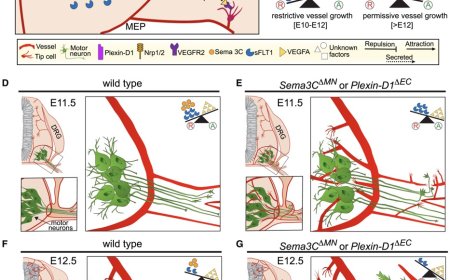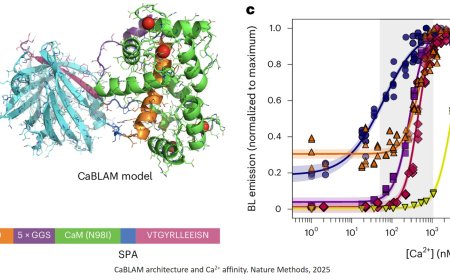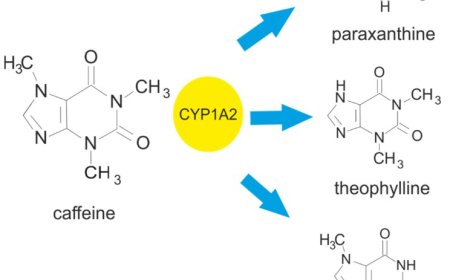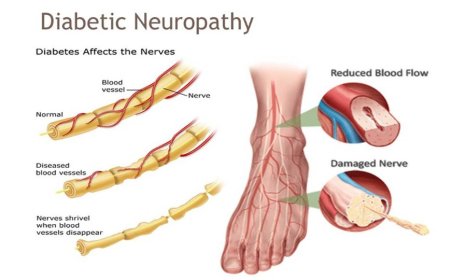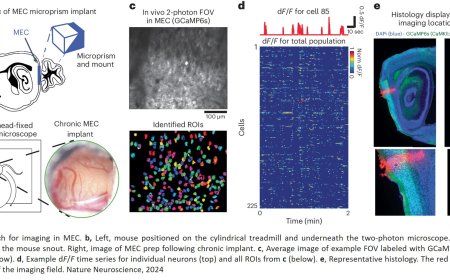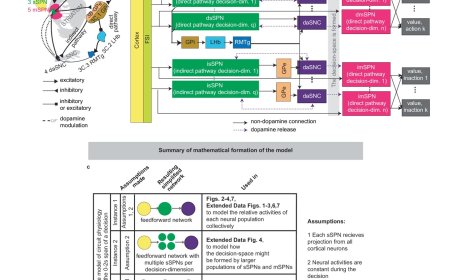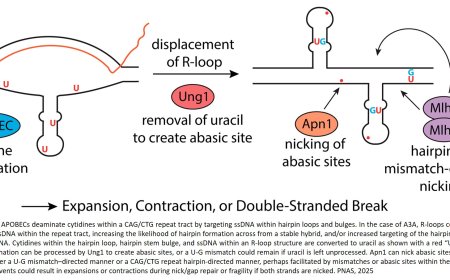Mitigation of TDP-43 toxic phenotype in amyotrophic lateral sclerosis models
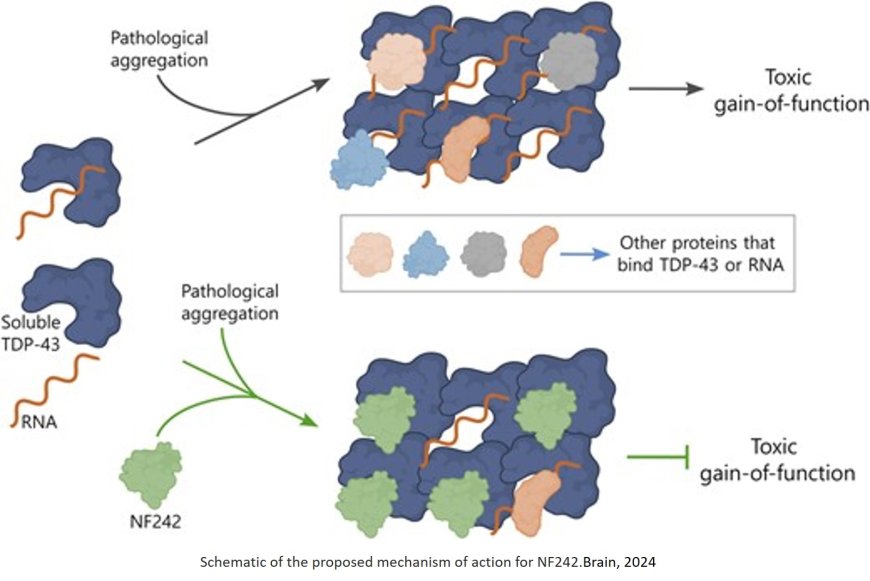
In a groundbreaking discovery, a team of researchers has uncovered a potential path toward a cure for amyotrophic lateral sclerosis (ALS).
The breakthrough, which illustrates how protein interactions can preserve or prevent the nerve cell death that is a hallmark of ALS, is the culmination of decades of research.
“As a doctor, it’s been so important for me to be able to sit down with a patient or their family and say to them, ‘we're trying to stop this disease,’” said the senior author. “It's been 30 years of work to get here; 30 years of looking after families and patients and their loved ones, when all we had was hope. This gives us reason to believe we've discovered a path to treatment.”
ALS, also known as Lou Gehrig’s disease, is a debilitating neurodegenerative condition that progressively impairs nerve cells responsible for muscle control, leading to muscle wastage, paralysis and, ultimately, death. The average life expectancy of an ALS patient post-diagnosis is a mere two to five years.
In a study recently published in the journal Brain, the team found that targeting an interaction between two proteins present in ALS-impacted nerve cells can halt or reverse the disease’s progression. The team also identified a mechanism to make this possible.
“Importantly, this interaction could be key to unlocking a treatment not just for ALS but also for other related neurological conditions, like frontotemporal dementia,” said the senior author. “It is a gamechanger.”
In virtually all ALS patients, a protein called TDP-43 is responsible for forming abnormal clumps within cells, which causes cell death. In recent years, Strong’s team discovered a second protein, called RGNEF, with functions that are opposite to TDP-43.
The team’s latest breakthrough identifies a specific fragment of that RGNEF protein, named NF242, that can mitigate the toxic effects of the ALS-causing protein. The researchers discovered that when the two proteins interact with each other, the toxicity of the ALS-causing protein is removed, significantly reducing damage to the nerve cell and preventing its death.
In fruit flies, the approach notably extended lifespan, improved motor functions and protected nerve cells from degeneration. Similarly, in mouse models, the approach led to enhanced lifespan and mobility, along with a reduction in neuroinflammation markers.
